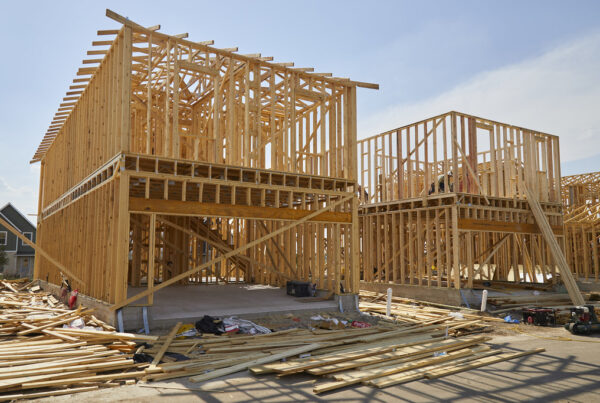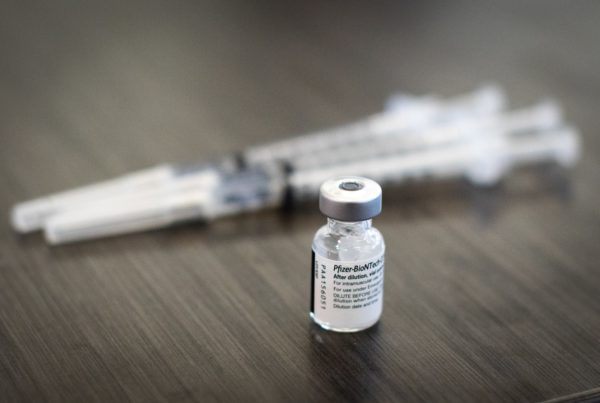From KUT:
Four times a year, the people who regulate and operate the Texas electric grid release an assessment of how the system will perform under different conditions in the upcoming season. It’s called the Seasonal Assessment of Resource Adequacy, or SARA.
The SARA announcements typically follow a predictable script. Officials say the grid will be fine … unless.
That “unless” includes extreme scenarios in which weather drives energy demand to record highs, while electric generation from gas, nuclear, wind and solar generators all break down at the same time.
This year’s summer assessment, regulators say, is different. Others say it really isn’t.
“The Texas grid faces a new reality,” Public Utility Commission Chair Peter Lake said in a press conference Wednesday. “For the first time … the peak demand for electricity this summer will exceed the amount we can generate from on-demand dispatchable power.”
That means there is the potential this summer for conditions in which wind and solar power will be essential to meeting high energy demand. If there is no wind blowing or sun shining, it could trigger the need for electricity conservation.
In a worst case scenario, where there is no wind blowing and no sun shining and Texas gas, nuclear and coal power plants break down unexpectedly, grid operators may need to call for rotating blackouts.
“The combination of all of those [things happening] is less than a 1% probability, far below that,” said Pablo Vegas, the head of the Electric Reliability Council of Texas. “These are very low probability scenarios.”
Still, Vegas and Lake say this SARA represents a break from history because it paints a picture of a grid more dependent on renewables than ever before.
Others say it is actually a pretty standard seasonal assessment.
“It looks like, potentially, we were in even more danger of being short of [electric] capacity in 2022,” said Joshua Rhodes, an energy consultant and research scientist at UT Austin, after reviewing the assessment.
Rhodes said that the main difference between this summer assessment and last year’s was much higher anticipated energy demand, possibly due to increased bitcoin mining. But, under the report’s extreme scenarios, it would still take failures at gas, nuclear and coal plants, called the state’s “thermal fleet,” to trigger blackouts.
In other words, the blame would not fall completely on renewables.
“You’ve got to basically have thermal not show up and renewables not show up at the same time,” he said.
That’s similar to findings from previous SARAs.
The political grid
The summer’s SARA is being released as state regulators and lawmakers argue over ways to incentivize the building of more natural gas power plants in Texas.
Officials say that “dispatchable” energy generation, like gas, that is not weather-dependent is the thing the grid needs more of. The framing of this year’s assessment aligns nicely with that message, so it’s no surprise critics see politics at play.
“As wind power and solar energy replace fossil fuels, Texans are breathing healthier, cleaner air, consumers are saving billions of dollars,” Luke Metzger, the head of Environment Texas, said in a statement. “This news should be heralded and welcomed — not blamed, contrary to evidence, for grid problems.”
Metzger, and others, say increased energy efficiency programs, and improvements to energy transmission could improve grid reliability without the environmental damage and cost increases associated with building more gas plants.
Prelude for a blame game?
In 2021, when the state grid failed, causing millions of people to go without power for days, failures at natural gas power plants were largely responsible. That didn’t stop Gov. Greg Abbott and other state leaders from blaming renewable energy.
Some, like Metzger, suggest that the framing of this year’s assessment is setting up a similar blame game if the Texas grid gets shaky this summer.
If grid conditions do get tight, Rhodes says, it will be important to pay attention to the performance of all power generators before drawing conclusions.
Rhodes, whose research and consulting work is critical of state efforts to curtail and add cost to renewable power, says it will also be interesting to see how newly installed battery storage projects work to help the grid through tight conditions.
He says grid-scale batteries are “perfect” for injecting bursts of electricity into the system during the hour or two in the evening when the sun may have set but the wind has not fully picked up.
“I think battery storage can and will play an extremely important role as we as we move forward,” he said.
















